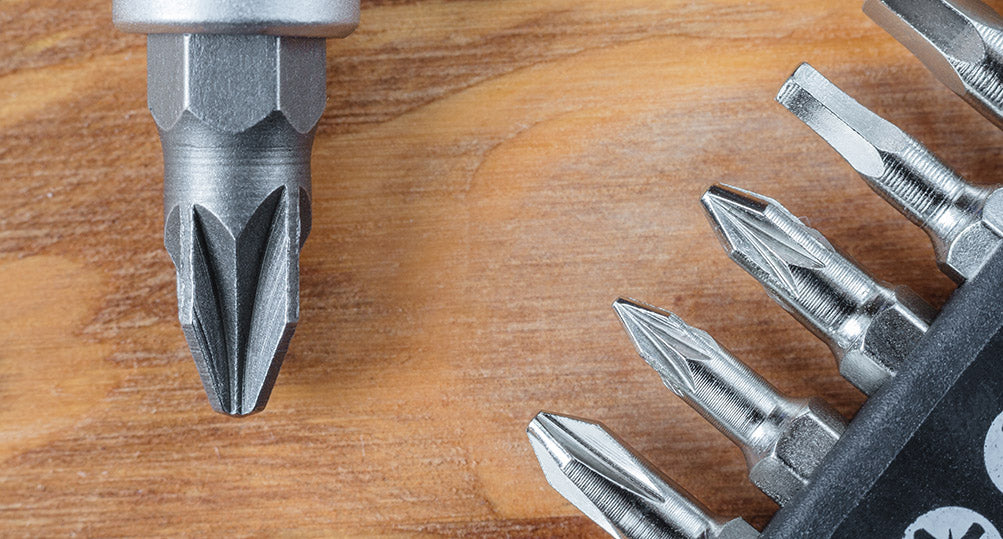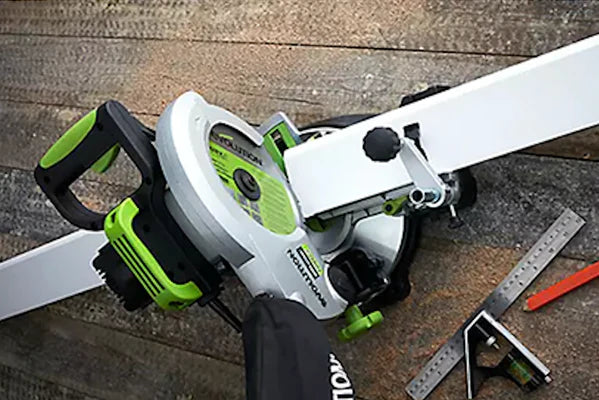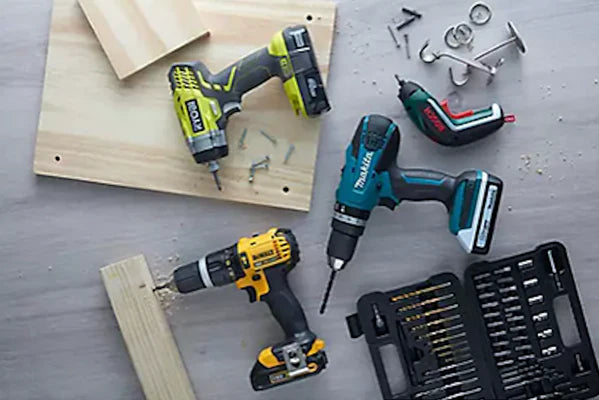Hexagon
Hexagonal head screws are probably the most recognizable head type and are used widely in “heavy duty” applications where the fastened joint must possess a large clamping force to function properly. The hexagonal head allows for torque application using a spanner or wrench on the outside of the head, and is thus different than an internal drive head type. Hexagonal heads can sustain significant torques that ensure that joints stay clamped together for long periods of time, meaning the bolt maintains the joint preload.
Countersunk Flat
Countersunk (CSK) flat head screws have a flat top and taper under the base that allows it to be driven into material to leave a smooth surface finish. The metric version usually have a 90°angle but on larger sizes over M20, this can change to 60°. In the USA, where they are sometimes called flat head screws, inch products have an 80 to 82° taper head angle. In the UK, if manufactured in inches to British standards, they have an angle of 87-90°.
Countersunk Raised
Countersunk (CSK) raised head screws, as the name suggests, is both raised and countersunk. Also known as oval head or instrument head in the US, the metric version is a rounded head with a 90° taper, whereas the inch version is 82°. Raised head CSK screws are widely used for ironmongery, lighting, electrical fittings and other visible applications because of their strong aesthetic.
Pan
Pan head screws have a gently rounded top surface and curved sides with a flat bearing surface under the head. They provide a larger surface area for the screw to “stop” on the surface bring fixed. These are ideal for a solid fix where the is no need for the screw head to be flush to the surface of the fixed material. The pan head is visually similar to the button head, except that it has tapered and truncated sides instead of a more rounded profile.
Mushroom
Mushroom head screws have a wide, domed head to create a larger bearing surface while providing an aesthetic finish. Also known as roofing bolts or truss head screws, they are commonly used to join sheet metal together, without protruding to far, but where strength is not the primary motivation.
Round
Round heads have a high crown and deep recess but the head diameter is smaller than a pan. Round head screws are shaped almost like a one-third circle with a flat bottom. They are generally reserved for rivets, hammer drive and wood screws. Historically, round heads were the preferred fastener design because they were easy to make, often seen on historical rivets.



